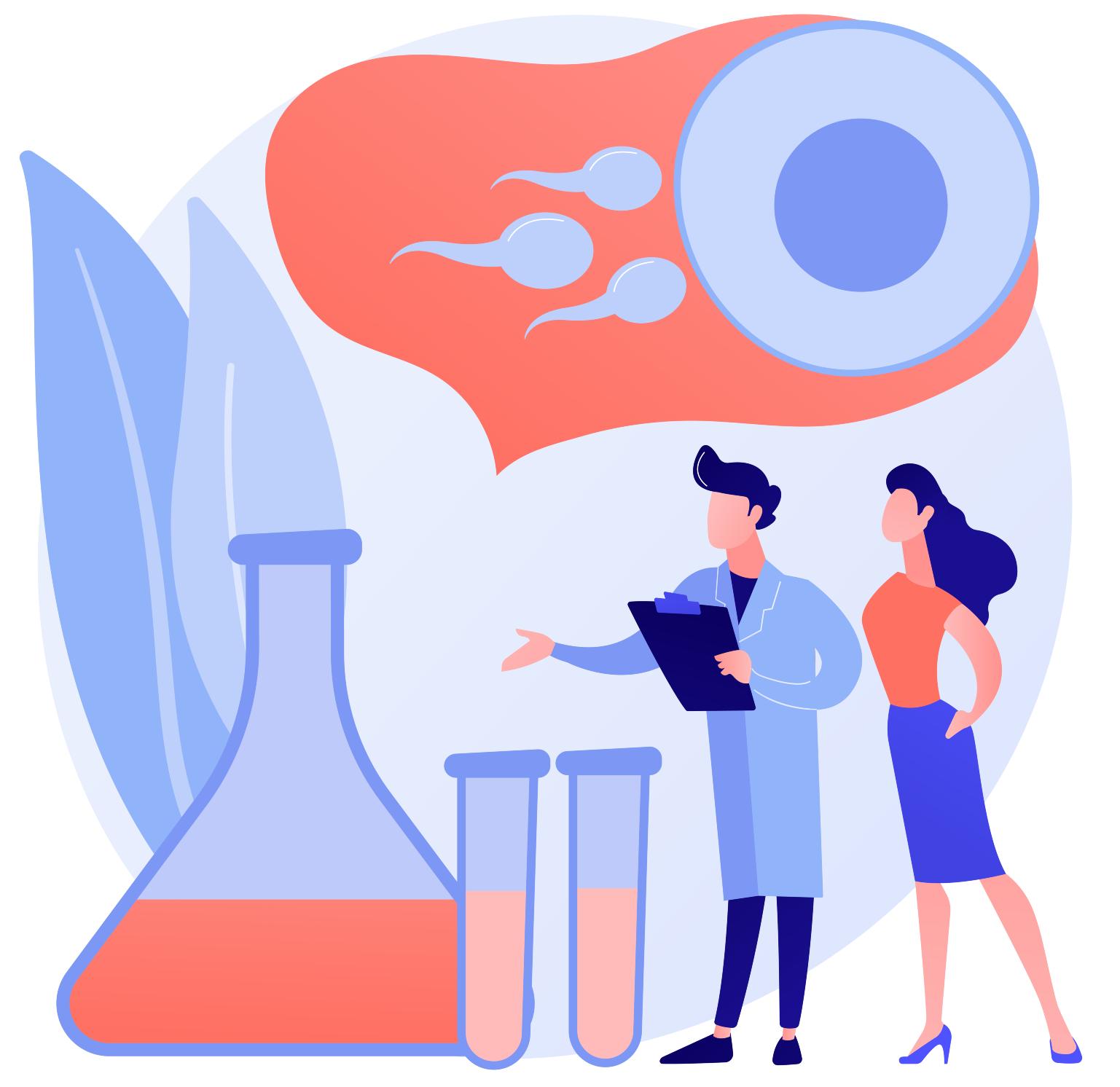One of the most common questions ask online is, "Are twins genetically identical?" Most people would think twins are genetically identical, but that may not be true according to a recent study.
How Are Identical Twins Formed

Twinning refers to the formation of twins during conception. There are two types of twins: fraternal twins and identical twins.
- Fraternal twins form when one sperm cell fertilizes an egg and, at the same time, another sperm cell fertilizes a different egg cell. This creates two different fertilized eggs during the same pregnancy.
- Identical or monozygotic twins occur when there's one egg that is fertilized by one sperm, and this single fertilized egg splits into two eggs. Since identical twins arise from the same fertilized egg, it makes sense that the twins would have identical DNA.
Over the years, twin studies have tried to come up with a reason many twins end up having differences. Up until recently, environmental factors were the answer to the difference between them, but that may not be the only factor.
Genetic Differences Among Twins
Many studies as far back as 2008 have been performed that have found genetic differences between identical twins, but there's hasn't been a study that has shown significant differences. Geneticist Carl Bruder of the University of Alabama at Birmingham and colleagues compared the genomes of 19 sets of adult identical twins. One of the twin's DNA differed from the others on some points of the genome, specifically one had a different number of copies of the same gene, which is called copy number variants.
Usually, people have two copies of every gene. Some parts of a human genome called copy number variations (CNVs) may have more than two copies, though. CNVs may have over 14 copies!
Can One Identical Twin Have a Genetic Disorder?
In Bruder's study, one twin had missing genes on a chromosome that usually leads to an increased risk of leukemia. That twin did in fact end up suffering leukemia while the other did not.
From his study, Bruder believed studying the genome of twins could shed more light on human genetics and diseases. When a twin suffers from a particular condition and the other doesn't, analyzing genetic differences may provide insight into what part of the genome could point to an increased risk for that condition.
Charles Lee, a geneticist at Brigham and Women's Hospital in Boston refutes that genetic differences are found at birth. Environmental factors such as radiation or other carcinogens can break double-strand DNA leading to genetic variations. As people age, more genetic differences happen, including twins. Lee believes that's what makes them different - not during development in the womb.
Can Identical Twins Be Genetically Different?

New research published in Nature Genetics has found that genetic differences are to blame for the differences in pairs of identical twins. Genomic research has studied identical and fraternal twins who were raised in two separate environments. They sought to prove that environment plays a role in the development of certain diseases, such as autism. If one twin develops autism and the other doesn't, researchers concluded it was the environment that played a role in its development.
The above would make sense if the twins had identical genetic makeup. However, if identical twins do not have identical DNA, environmental influences can't be coined as the cause of autism or any other disease.
The new study by Kari Stefansson, head of Iceland's deCODE genetics sequenced the genomes of 387 pairs of identical twins and their parents, spouses, and children. By tracking mutations in the first few weeks of embryonic development, the researchers found that 5.2 early developmental mutations occurred and 15% of identical twins had 100 genetic differences.
Genetic mutations are changes in DNA sequences. The changes aren't inherently good or bad, but they can influence many parts of a person - appearance, susceptibility to diseases, etc. Usually, gene mutations happen during cell division. An error occurs when DNA replicates.
In one of the pairs of twins, there was a mutation in all of the cells of the sibling's body. This happened during the early stages of development for that twin, but not the other one. This significantly affects the twin's genetic code, which is why one twin may look different from the other one and why one could suffer from a genetic condition while the other does not.
The breakthrough study will lead to other twin studies that help explain how twinning happens. It may also begin to change what we call "identical" twins since they may only be semi-identical.
Nature vs. Nurture
For many years, researchers have blamed the environment for differences between identical twins. Only a select few scientists have believed that identical twins are genetically different and have been able to show this in their study results.
The debate of nature vs. nurture can be a heated one as can be seen in Lee's repute to Bruder's findings. The only solution is to continue studying the DNA of identical twins to identify differences in the genome and then monitor what happens to them in life.
These longitudinal studies may take many years to produce results, but those results will be used for decades afterward especially as people learn more about genetic testing for diseases and other health-related conditions.
